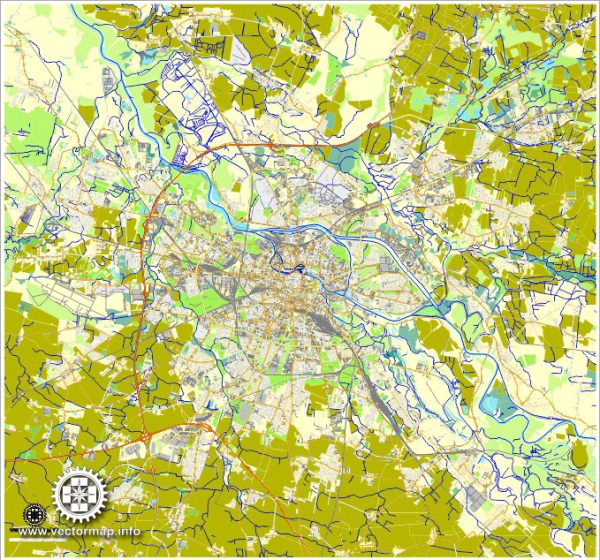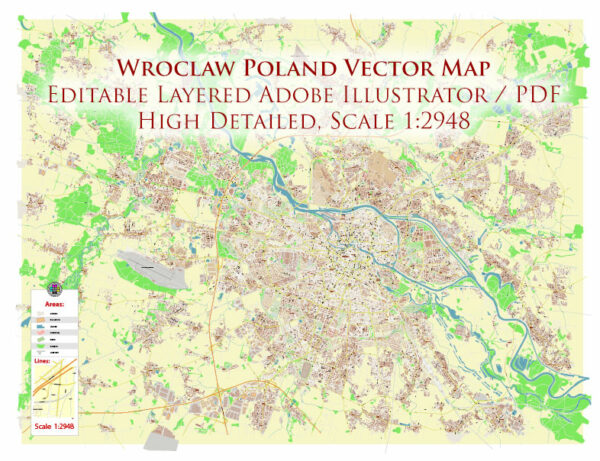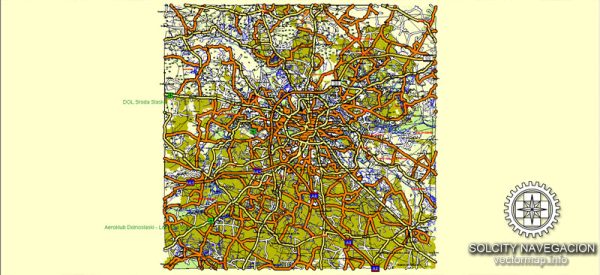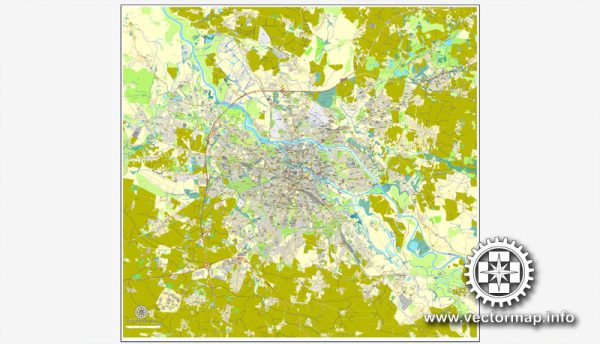Wroclaw, located in western Poland, has a rich and diverse history of urban development that spans over a thousand years. The city has experienced various cultural influences and has been shaped by different historical events. Here is a brief overview of Wroclaw’s history of urban development:
- Early History:
- Wroclaw’s roots can be traced back to the 9th and 10th centuries when it was originally a Slavic settlement. The area witnessed various tribal migrations and conflicts during this period.
- Medieval Period:
- In the 10th century, the area became part of the emerging Polish state. Wroclaw began to develop as a trading and craft center, and it played a crucial role in the region’s commerce.
- The city’s architecture started to take shape with the construction of churches and defensive structures. The Gothic-style Wroclaw Cathedral, originally built in the 13th century, is a notable example from this period.
- Silesian Piasts and Bohemian Rule:
- Wroclaw became part of the Kingdom of Bohemia in the 14th century and later, in the 16th century, it became the capital of the Duchy of Legnica. The city continued to flourish as an important economic and cultural center.
- Habsburg Monarchy and Prussian Rule:
- The Habsburg Monarchy took control of Wroclaw in the late 17th century, and it became part of the Austrian Empire. In the 18th century, the city came under Prussian rule after the War of Austrian Succession.
- The Prussian period saw significant urban development, with the construction of new buildings and the expansion of the city. The city’s layout and infrastructure were modernized.
- 20th Century and World Wars:
- Wroclaw was heavily damaged during World War II, especially in the final stages of the conflict. The city, then known as Breslau, was part of Germany until the end of the war.
- After the war, Wroclaw became part of Poland as borders were redrawn. The city underwent a major reconstruction phase, with efforts to restore historical landmarks and build new structures.
- Post-Communist Era:
- In the post-World War II period, Wroclaw, like many other European cities, experienced industrialization and urbanization. The city expanded with new residential areas and modern infrastructure.
- After the fall of communism in 1989, Wroclaw, along with the rest of Poland, saw economic and social transformations. The city became a hub for business, culture, and education.
- Contemporary Period:
- Today, Wroclaw is a vibrant city with a mix of historical architecture, modern buildings, and green spaces. The Market Square, with its colorful buildings and Gothic-style structures, remains a focal point of the city.
Wroclaw’s history reflects the complex tapestry of Central European history, with influences from various cultures and periods shaping its urban development. The city’s ability to preserve its historical heritage while adapting to modern needs is evident in its diverse and dynamic urban landscape.





 Author: Kirill Shrayber, Ph.D.
Author: Kirill Shrayber, Ph.D.